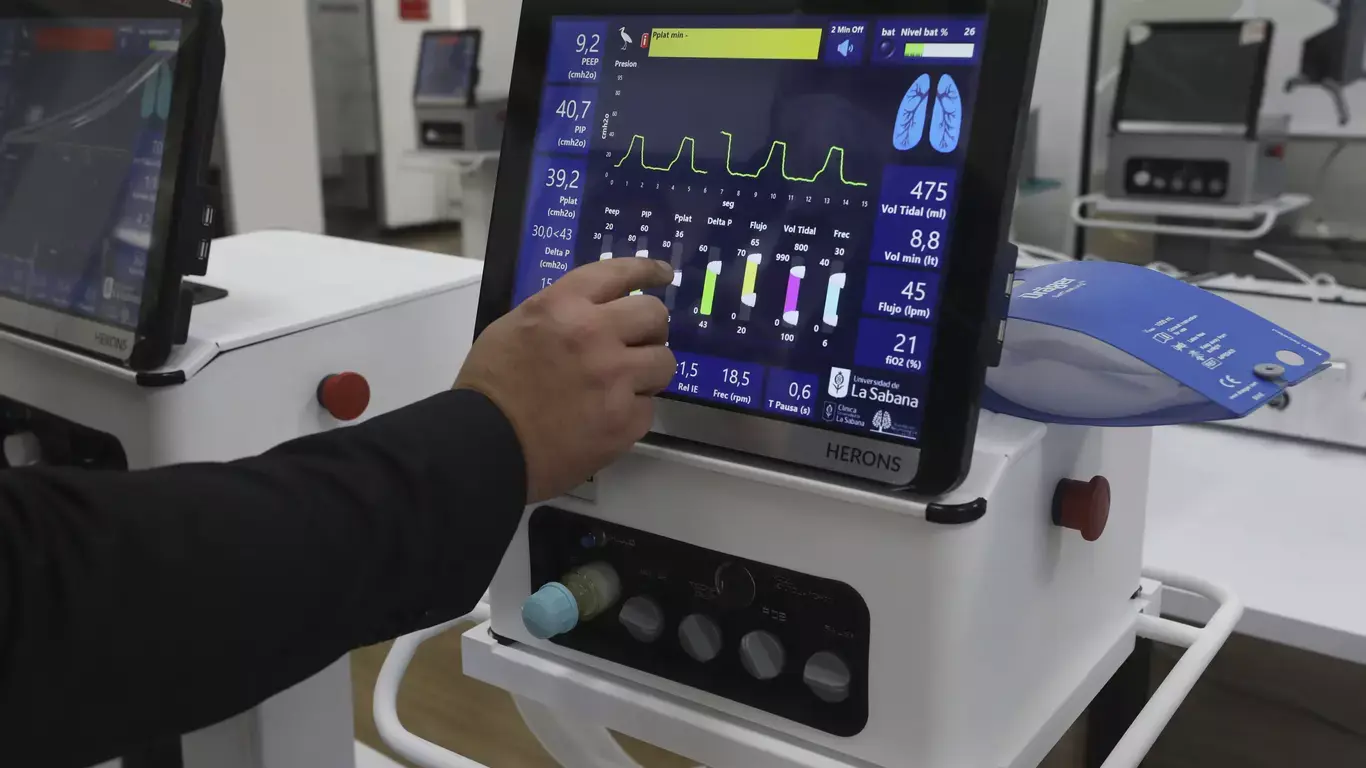The threat of Covid-19 is biting the world at its weakest point. It has exposed serious flows on almost every organization in charge of Health in countries that seemingly had it all sorted. Italy, France and Britain are facing a huge deficit in ventilators as COVID-19 patients crowd hospitals all over the world. The US has recently been open about this issue too and the government of Donald Trump is already looking into ways of importing them From China or any other country that is willing to export them. COVID-19 is spreading fast and its effects to the human respiratory system is the major cause of fatalities.
When the COVID-19 virus invades the lungs, it leaves it susceptible to pneumonia which almost always kicks in and causes breathing difficulties. Patients with breathing difficulties normally end up in ER and will certainly need assisted ventilation in the ICU. Almost all COVID-19 patients that end up in the ICU will at certain point require a ventilator. With the surge in numbers of patients being admitted in the ICU, the shortage of ventilators has become apparent.
Simply put, ventilators are machines that help patients who have difficulties breathing on their own to breathe. The machine mimics the natural breathing style by delivering air through a tube to the patient’s windpipes. It is commonly used for patients with severe respiratory conditions, including pneumonia and other diseases that impact the lungs.
When a patient is expected to be placed under ventilators, medical practitioners are expected to perform an intubation procedure. This procedure is to relax the patient’s muscles and sedate them to pave the way for the tube to pass. However, the process is quite complicated for Corona virus patients. So, medical staff is expected to be extra cautious when handling corona cases to avoid being infected with the virus.
Doctors have to look for specific signs in every patient that indicates they need to be placed on ventilators. There has to be an active sign of respiratory failure before making the decision. The first thing that doctors look for is the breathing rate and oxygen supply to the blood. The normal breathing rate of a person is about 15 breaths a minute. If this goes up to 28 breaths a minute, then a ventilator could be of great assistance. However, there are times when the oxygen levels can be boosted by placing patients in oxygen tanks. But that is not the case for COVID-19 cases as patients would still splutter and cough hence increase medical staff risks of contracting the virus.
The shortage of Ventilators in the market has sparked a tough competition aimed at providing the machines fast and in large numbers to match the demand. While this might look like an easy thing, companies like Tesla which have no previous experience in Ventilator design and manufacture have also jumped into the band wagon and they are already promising to provide cheaper and simpler ventilators in large numbers.
Dyson, a British appliance manufacturer for instance has received an order from the British government to supply the NHS with 10,000 ventilators to curb the shortage in the coming weeks.
A Dutch company Royal Phillips NV on the other hand has promised to double its ventilator output in the next 8 weeks so that it can supply the machines to the Philippines which is already in a lock down. In California, Vyaire Medical Inc. has added a second shift so as to rump up the ventilator factory in Palm Springs, California.





